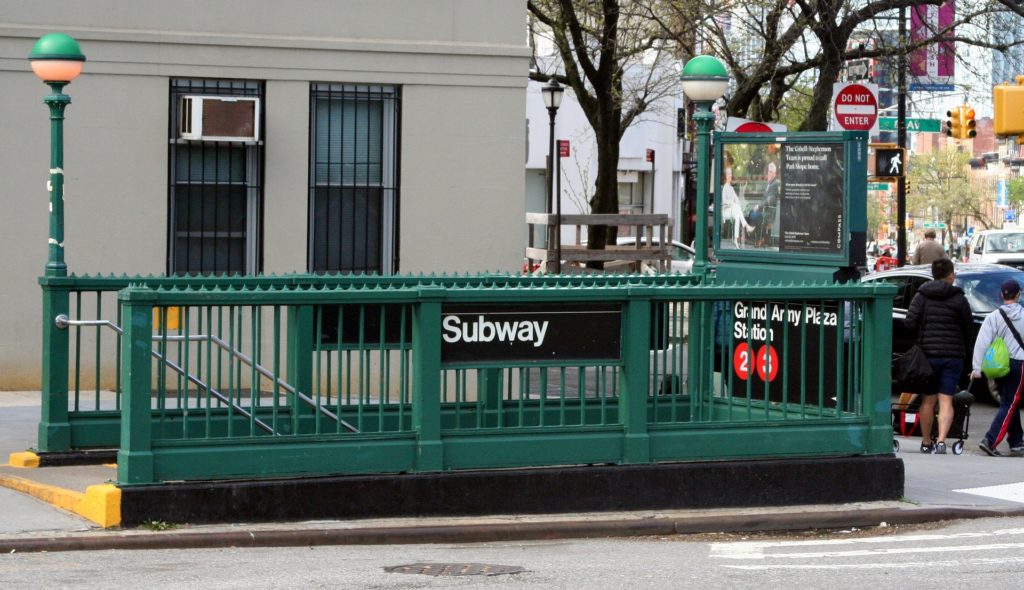Assistive technology: Amazon Kindle
The Amazon Kindle Paperwhite is a staple e-reader that offers users the ability to read and listen to books on an LED-backlit screen. While not designed for use only by disabled users, the Kindle is an assistive technology that allows for flexible usage depending on individual accessibility needs. The Weight of Reading I have a […]
Assistive technology: Amazon Kindle Read More »









